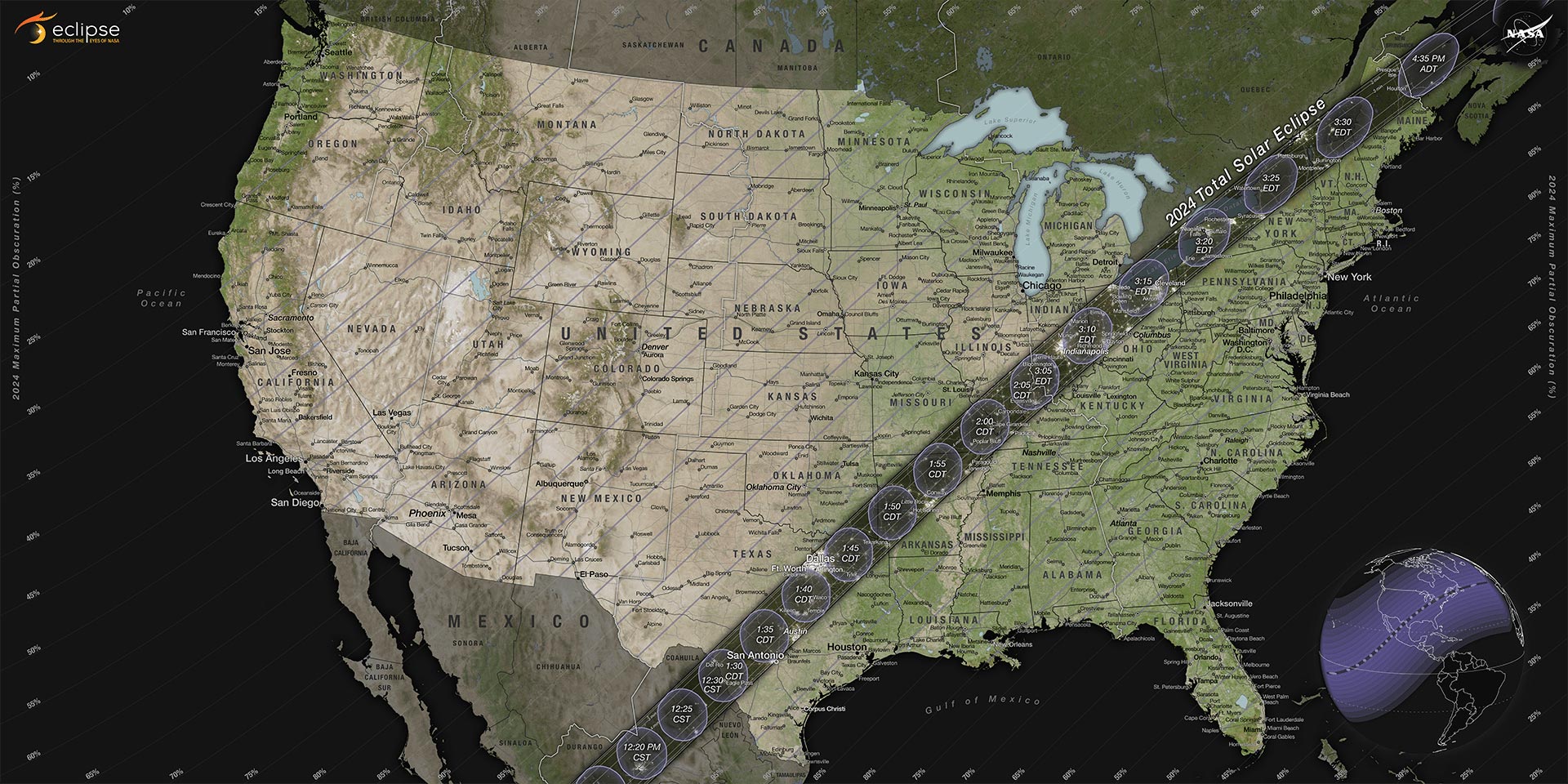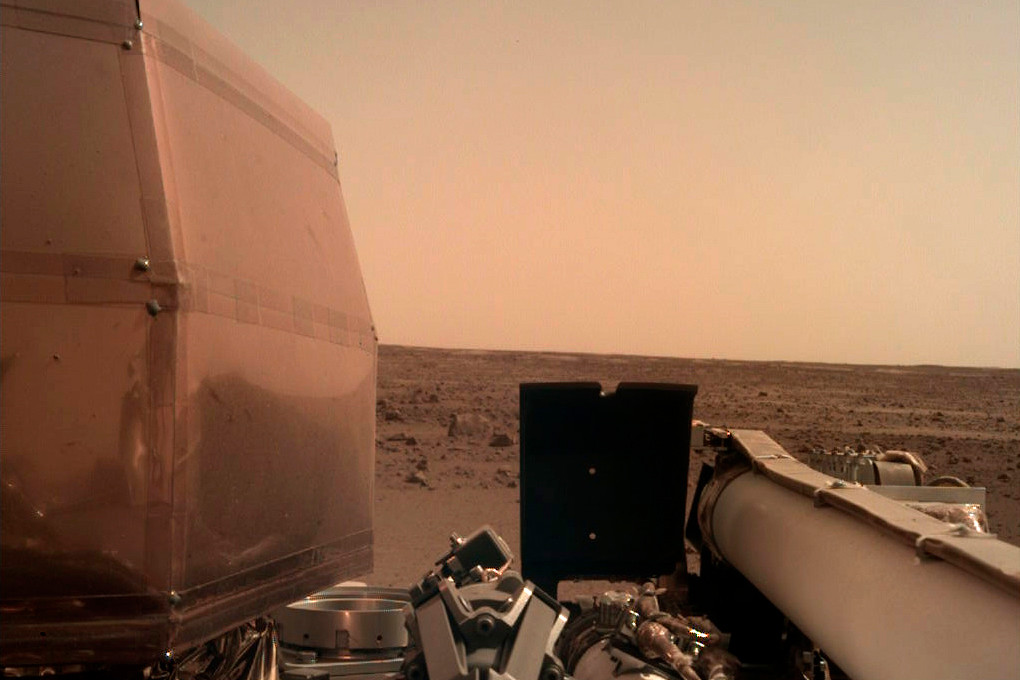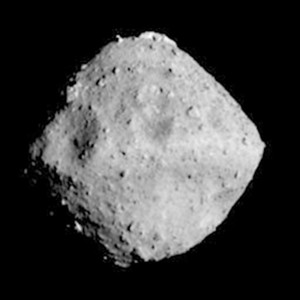NASA’s Parker Solar Probe, about the size of a small car, will travel directly into our Sun’s atmosphere about 4 million miles from the star’s surface, closer than any manmade object has ever come to our home star. The historic mission that will revolutionize our understanding of the Sun is scheduled to launch on Saturday, Aug. 11, 2018.
The first launch opportunity is at 3:33 a.m. EDT, at the opening of a 65-minute window. The spacecraft will launch on a United Launch Alliance Delta IV Heavy rocket from Space Launch Complex 37 on Cape Canaveral Air Force Station in Florida. The deadline for media to apply for accreditation for this launch has passed.
NASA will stream the launch coverage live on NASA Television and the agency’s website beginning at 3:00 a.m. EDT.
Parker Solar Probe, protected by a first-of-its-kind heat shield and other innovative technologies, will provide unprecedented information about our Sun, where changing conditions can spread out into the solar system to affect Earth and other worlds. Parker Solar Probe will perform its scientific investigations in a hazardous region of intense heat and solar radiation. The spacecraft will fly close enough to the Sun to watch the solar wind speed up from subsonic to supersonic, and it will fly though the birthplace of the highest-energy solar particles. During the approach, the front of Parker Solar Probe’s solar shield faces temperatures approaching 2,500 F (1,377 C). The spacecraft’s payload will be near room temperature.
At closest approach, the Parker Solar Probe will travel around the Sun at approximately 430,000 mph (700,000 kph). That’s fast enough to get from Philadelphia to Washington, D.C., in one second.

On the final three orbits, Parker Solar Probe flies to within 3.8 million miles of the Sun’s surface — more than seven times closer than the current record-holder for a close solar pass, the Helios 2 spacecraft, which came within 27 million miles in 1976, and about a tenth as close as Mercury, which is, on average, about 36 million miles from the Sun.
You can keep up with the six-year mission through the Parker Solar Probe Mission Blog. We know we will!








